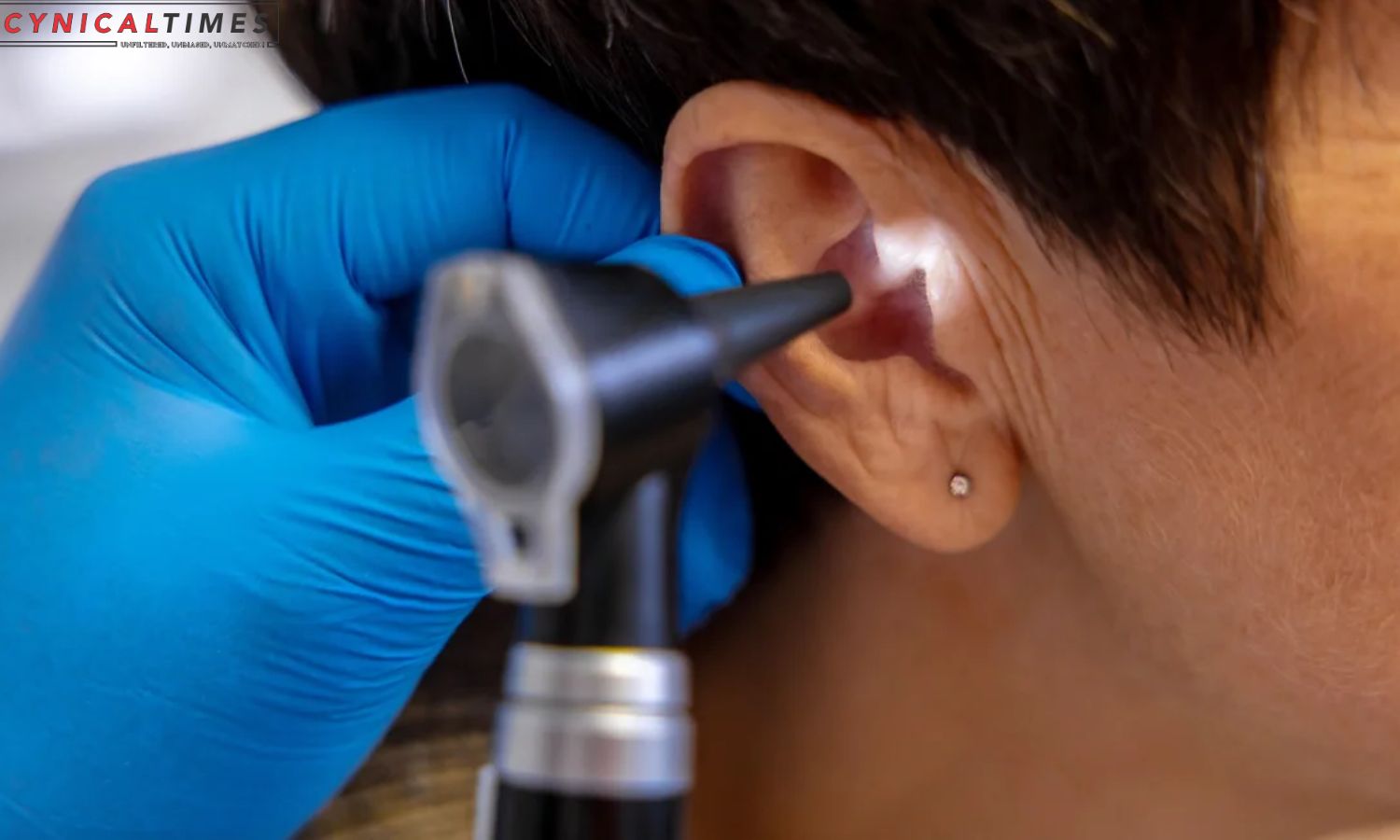Sound Waves of Change: In a world where hearing loss is prevalent but hearing aid usage remains low, a glimmer of hope emerges with the introduction of accessible and affordable over-the-counter (OTC) hearing aids. Recent studies reveal that only 15% of US adults with hearing loss opt for traditional aids, highlighting accessibility and affordability as major barriers.
A tiny but intriguing study was done by University of Pretoria postdoctoral research fellow Karina De Sousa. According to JAMA OtolaryngologyHead & Neck Surgery, self-fitting OTC hearing aids may be as effective as audiologists’.
Access to hearing aids has long prevented people from treating their hearing loss. Hearing aid adoption is low due to this issue and affordability concerns. However, the US Food and Drug Administration’s decision to allow online or over-the-counter hearing device purchases for mild to moderate hearing loss has opened new doors.
Also Read: MDMA A New Hope for PTSD? FDA to Explore Therapy’s Breakthrough Potential
Lise Hamlin, the public policy director of the Hearing Loss Association of America, emphasizes the importance of addressing hearing loss promptly. Early adoption of hearing aids can positively impact job retention, enhance communication within families, and keep individuals active in their communities. A Lancet commission on dementia prevention, intervention, and care in 2020 indicated that hearing loss may be associated with approximately 8% of dementia cases. Additionally, a meta-analysis in December 2022 found that individuals with hearing loss who wore devices performed 3% better on cognitive scores in the short term.
The establishment of the OTC hearing aid category by the FDA represents a significant stride toward addressing the accessibility and affordability challenges. It provides a range of options for people with hearing loss, offering hope for those who may have been hesitant to pursue traditional aids.
OTC hearing aids are exciting, but they’re not a one-size-fits-all solution. Dr. De Sousa recommends seeing a hearing professional for those who don’t qualify for OTC hearing aids. The Hearing Loss Association of America encourages people to consider their needs before choosing a hearing loss treatment. With these advancements, the landscape of hearing aid accessibility is evolving, potentially transforming the lives of many by promoting overall well-being and cognitive health.
Our Reader’s Queries
How do sound waves change?
As you adjust the volume or pitch of a note, the sound wave will transform accordingly. Sound is comprised of both volume and pitch, with volume being the amplitude of the wave and pitch being the frequency. By altering these elements, you can create a unique and dynamic sound.
What are the 4 types of sound waves?
Discover the fundamental waveforms that constitute the building blocks of sound. These include the sine wave, square wave, triangle wave, and sawtooth wave. Each waveform has its unique characteristics that contribute to the overall sound quality. By understanding these waveforms, you can gain a deeper appreciation for the complexity of sound and how it is created.
What part of a wave is changed to change sound?
The amplitude of a sound wave is the measure of the change in pressure it causes at a particular point. When the amplitude increases, the sound is perceived as louder, and when it decreases, it is perceived as softer.
What are 5 examples of sound waves?
Sound energy is all around us in our daily lives. From the hum of an air conditioning fan to the roar of an airplane taking off, we encounter various examples of sound energy. Even a ballerina dancing in toe shoes or a balloon popping produces sound energy. The ding of a microwave or the blaring of a boombox are also examples of sound energy. We can even hear sound energy in the swishing of a broom or the buzzing of a bee. These everyday occurrences remind us of the power and presence of sound energy in our world.


